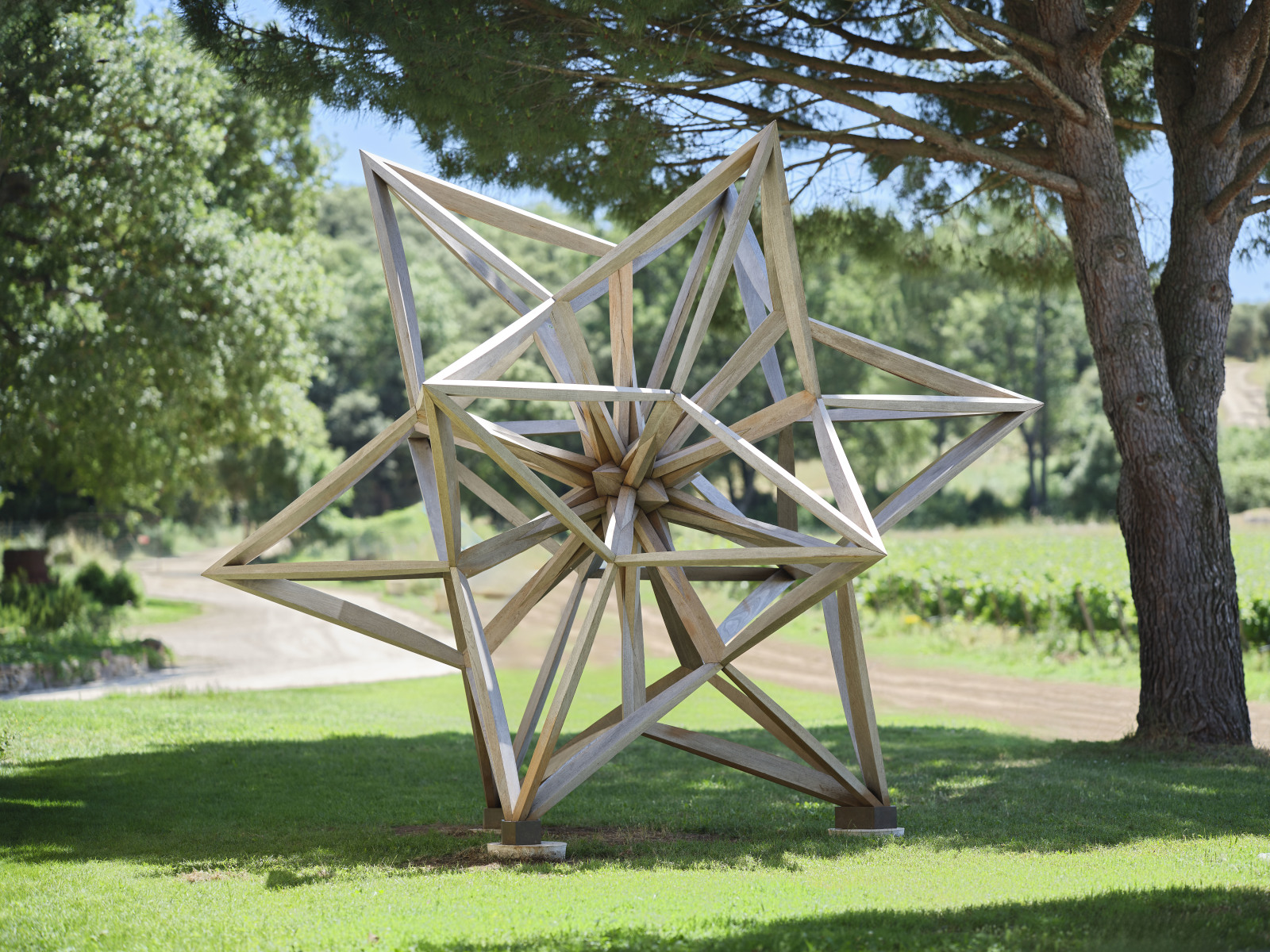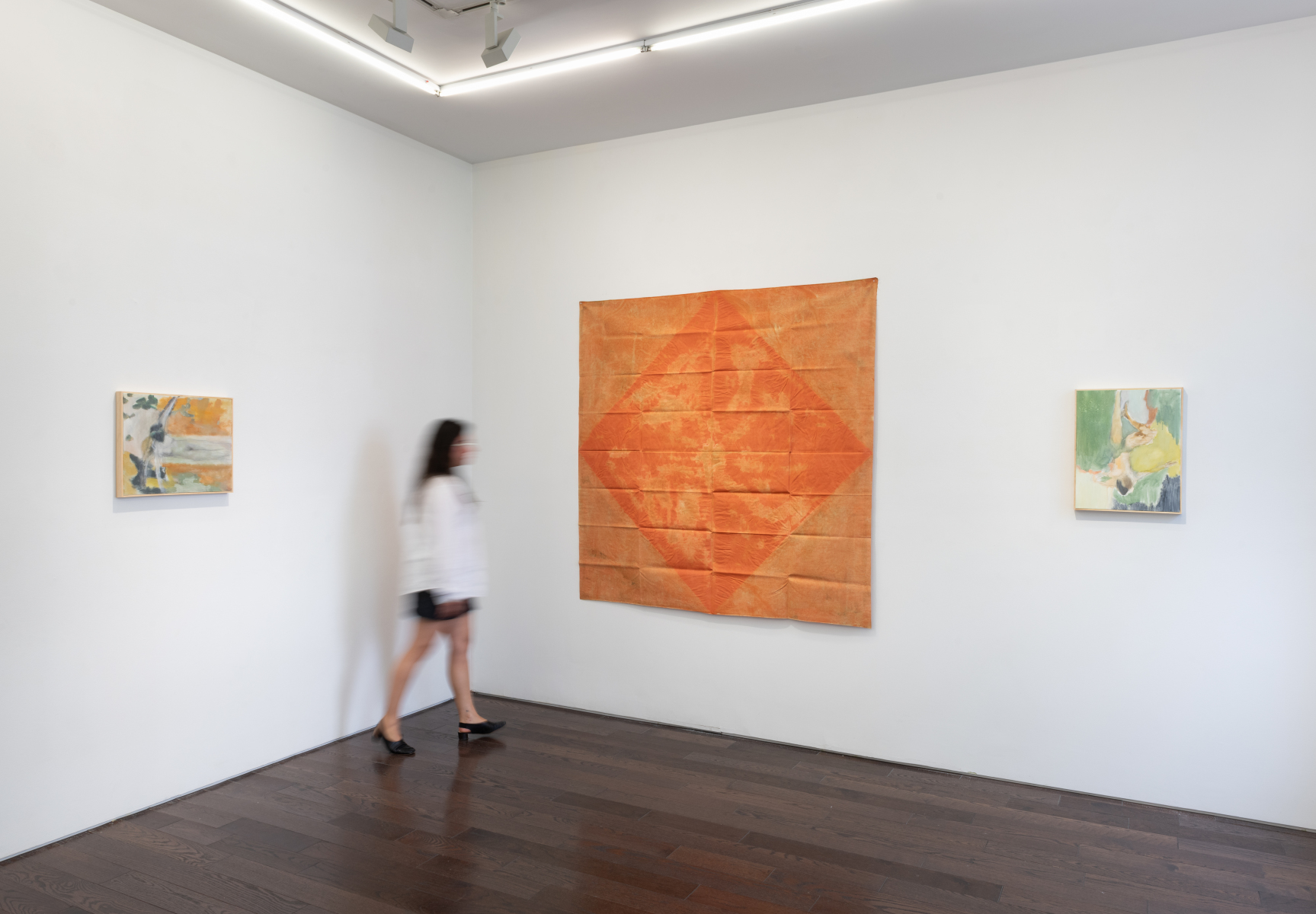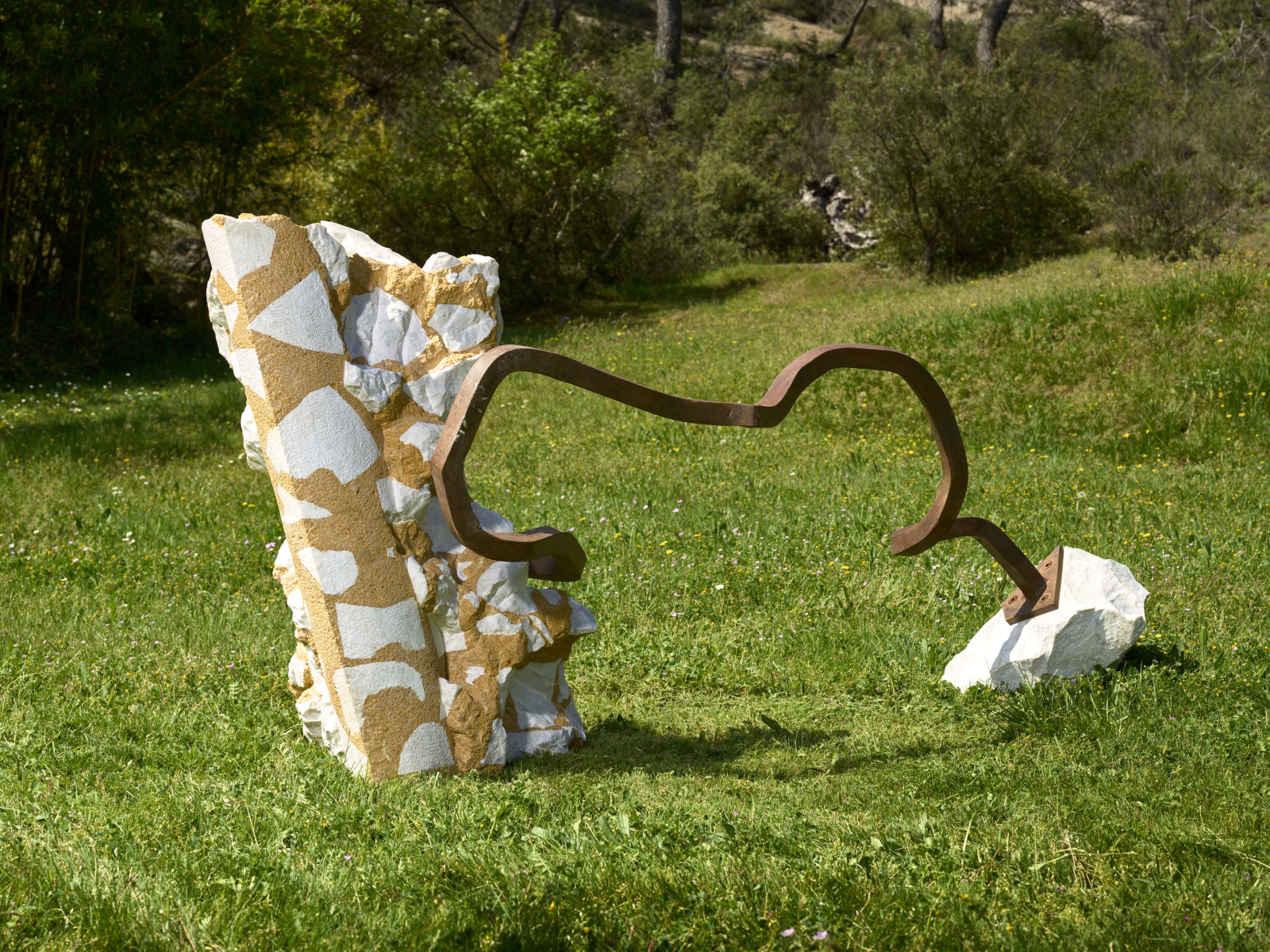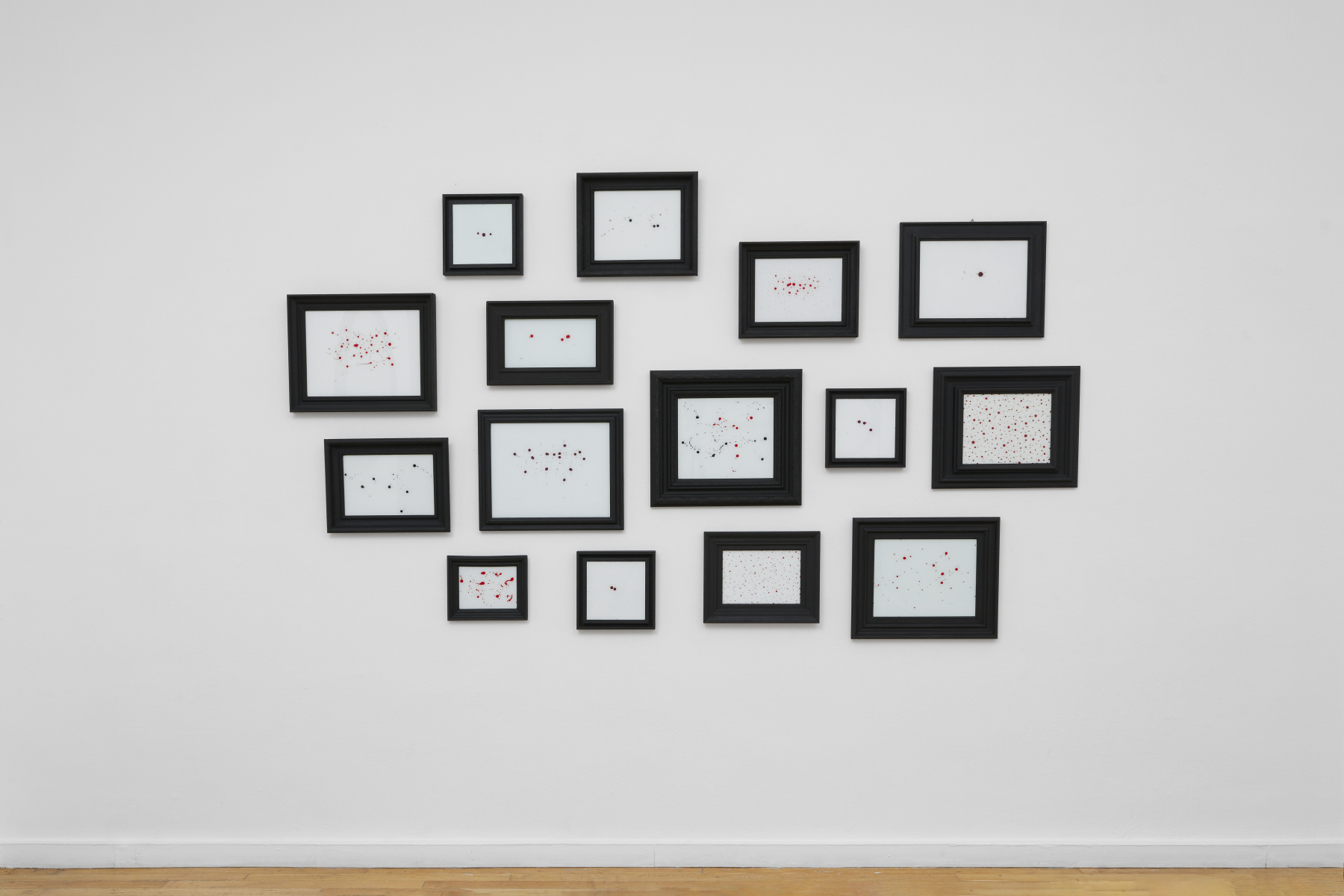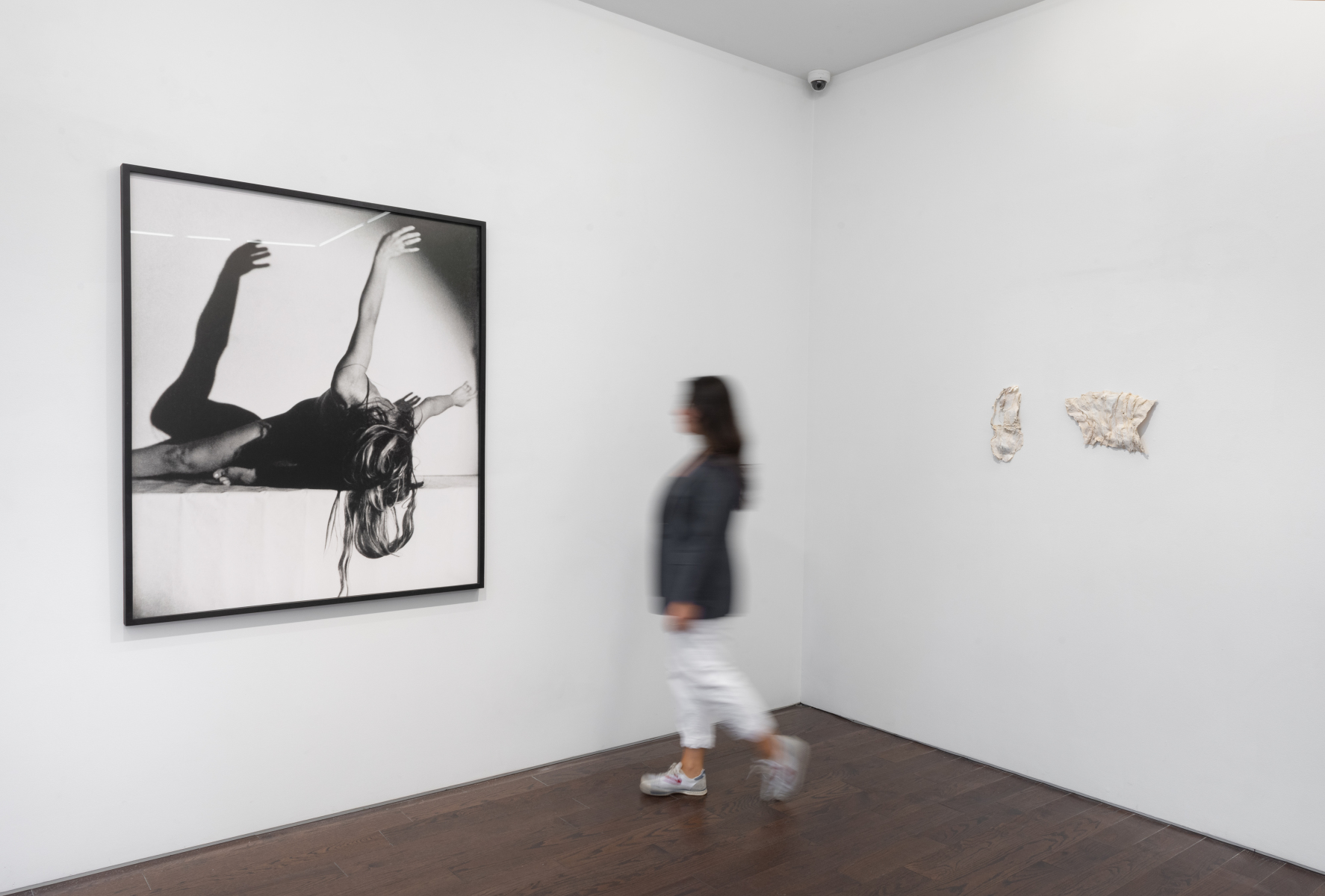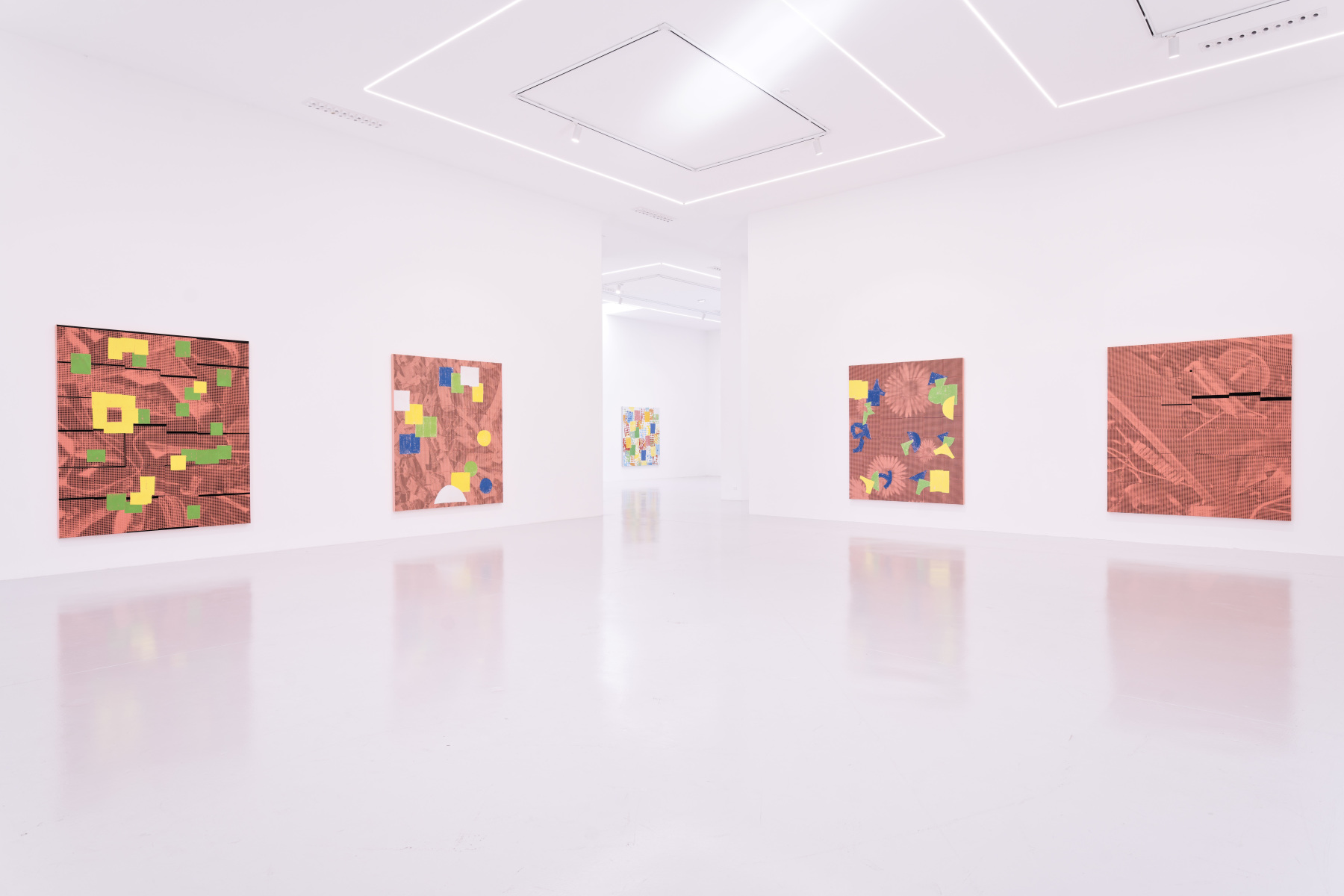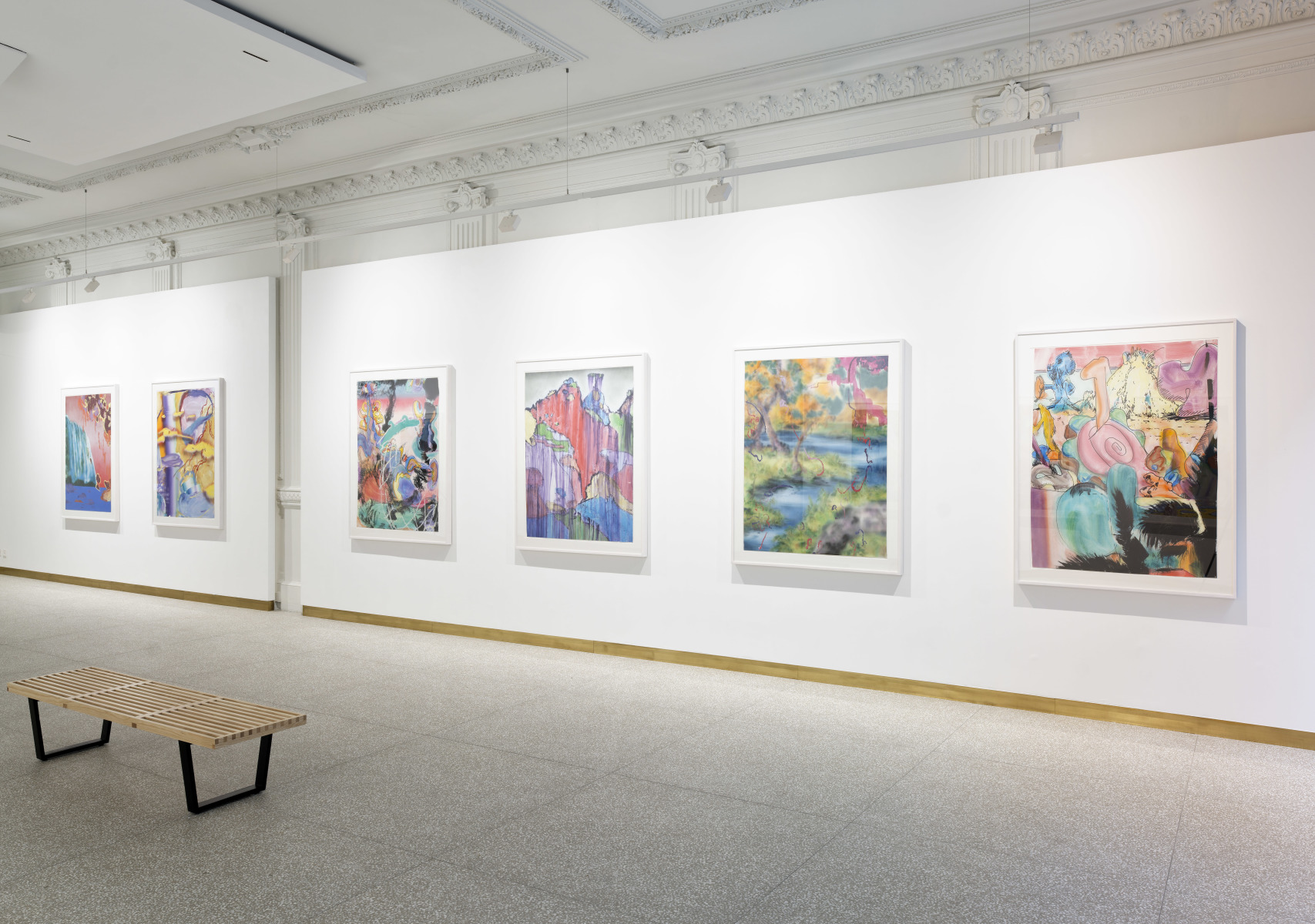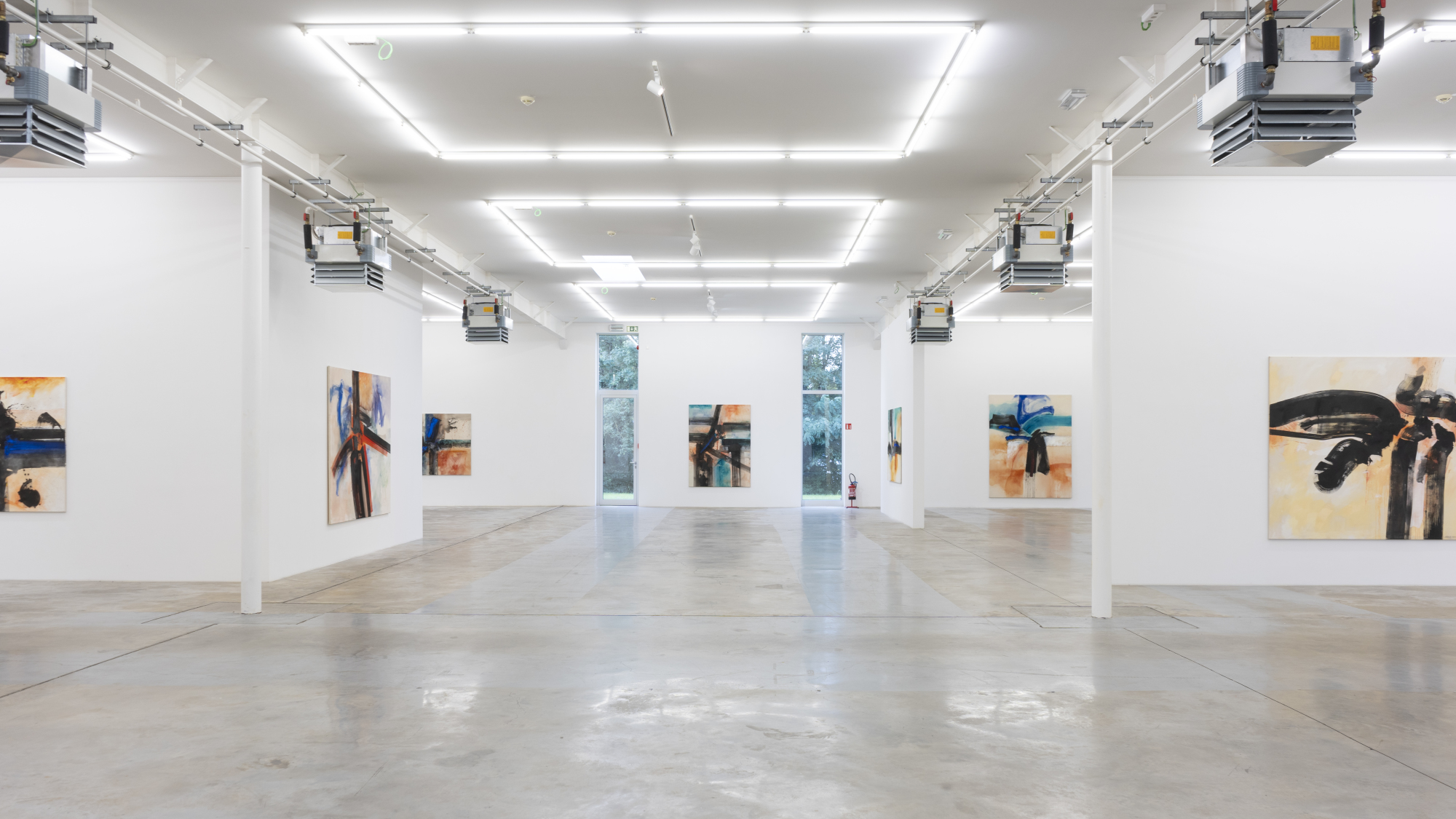Nam Tchun-Mo
Nam Tchun-Mo is the guardian of this line. The guardian and the guarantor. So is consciousness.
Jean-Luc Verna
If there is one artist who anticipated and embodied this upheaval in shapes of identity, it is undoubtedly Jean-Luc Verna.
Tomona Matsukawa
Originally from Aichi, Japan, Matsukawa was born in 1987 and graduated from Tama Art University in 2011, specializing in oil painting.
Summer break
All galleries will be closed from July 27. We will be delighted to welcome you in the Domaine de Panéry which remains open throughout the Summer time and in September in all our galleries.

